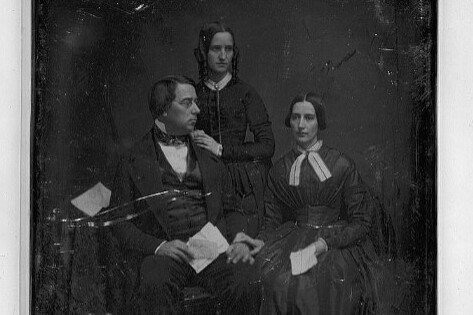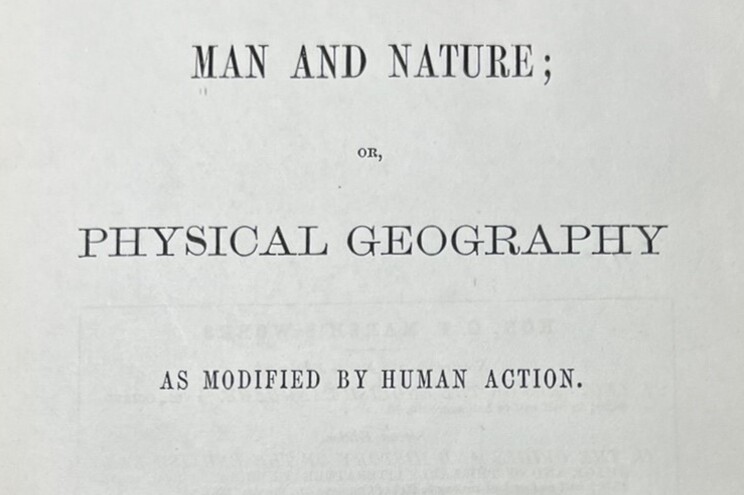George Perkins Marsh
Learn about George Perkins Marsh and why he is considered the “Father of the Environmental Movement.”
George Perkins Marsh was born in 1801 and grew up on his family’s farm. The farm was tucked between Mount Tom and the Ottauquechee River. Despite his love for reading, Marsh was forbidden to look at books for years at a time because of poor eyesight. Instead, he plunged himself into the wild landscapes of his hometown of Woodstock, Vermont. He became a naturalist as a boy, knowing the names of local flora and fauna. His father encouraged these pursuits. Marsh’s interest in observation laid the groundwork for a lifelong attempt to understand the complex relationship between people and the environment.
Marsh went to Dartmouth College at the age of 15. He graduated in 1820. By that time, the Vermont landscape had already transformed immensely. By the mid-1800s, Vermont hilltops were clearcut for agricultural and lumbering purposes. Marsh worked as a lawyer and diplomat. He spent long periods of time in Turkey, Scandinavia, and Italy. While living abroad, Marsh studied the ways humankind affected landscapes. A lifetime of observation led Marsh to publish Man and Nature in 1864 during the American Civil War. Other naturalists examined similar ideas. But Marsh published the first influential text of the conservation movement. In his book, he examined the ways humans altered the natural world. He proposed that natural resources were not limitless. Instead, he suggested government regulation of these natural resources. Marsh believed this would help people coexist with nature for generations to come. Man in Nature was an accessible book, and widely read by scholars and non-scholars alike.
Learn More
Follow the links below to explore related topics.
Search for more information about George Perkins Marsh in the Library of Congress archives.
Read Mrs. Cordelia Underwood’s travel correspondences with her husband while visiting George Marsh and his wife in 1873 Italy. She copied each letter into her journal which was later published in the Vermont History publication.
Search for George Perkins Marsh in quotation marks. Discover more about him in the Vermont Historical Society’s archival Leahy Library in Barre.
Get a glimpse into Marsh’s life by watching “This Place in History: George Perkins Marsh,” produced by the Vermont Historical Society.

